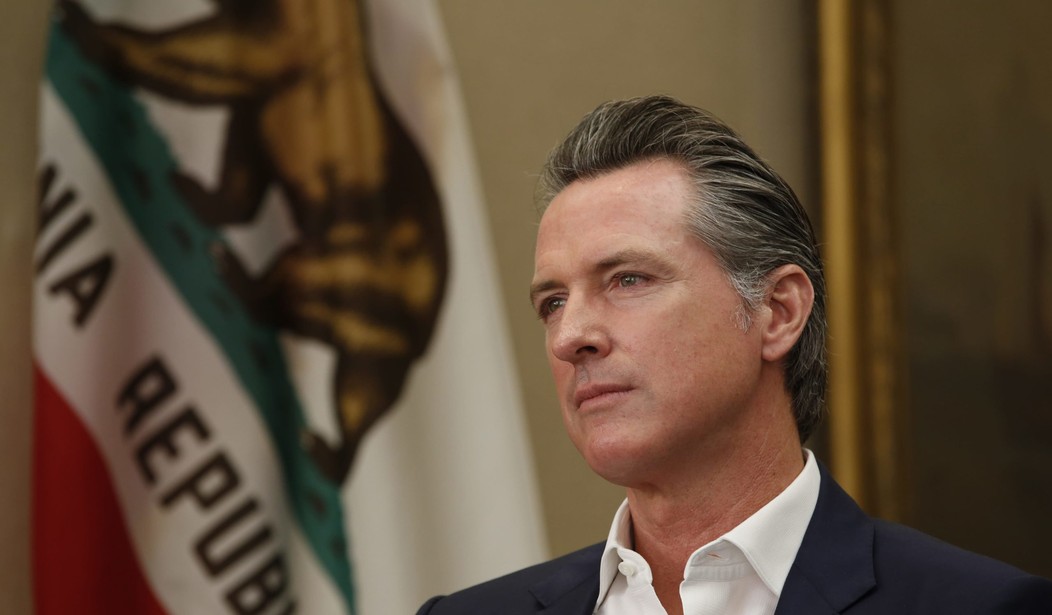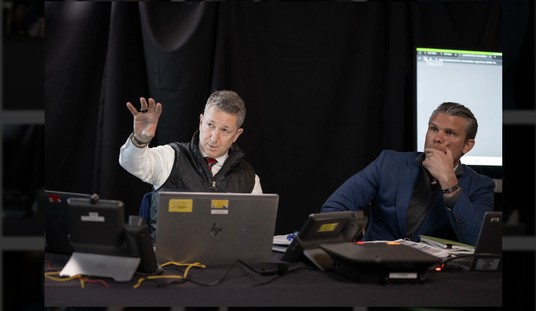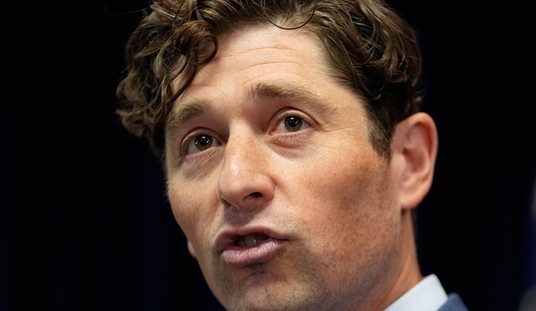On Monday, three West Coast states and five East Coast states announced separate pacts to coordinate their responses to the coronavirus pandemic. Governors Gavin Newsom (D-Calif.), Jay Inslee (D-Wash.), and Kate Brown (D-Ore.) announced Monday that they would enter a pact to share their visions on reopening the economies of the states and how to deal with COVID-19 going forward. At the same time, the governors of New York, New Jersey, Pennsylvania, Connecticut, Delaware, and Rhode Island issued a similar statement. Referring to the six Northeast states as the “COVID Corridor,” the joint statement announced a working group to coordinate efforts to restart portions of the economy.
The pacts mean that the states have agreed to work together to decide when to lift restrictions on commerce, gatherings, social distancing, and other emergency measures taken to slow the spread of COVID-19. Economic activity across several sectors has ground to a halt in the weeks following the state-level emergency orders.
In a joint statement, California, Washington, and Oregon announced:
COVID-19 has preyed upon our interconnectedness. In the coming weeks, the West Coast will flip the script on COVID-19 – with our states acting in close coordination and collaboration to ensure the virus can never spread wildly in our communities.
We are announcing that California, Oregon and Washington have agreed to work together on a shared approach for reopening our economies – one that identifies clear indicators for communities to restart public life and business.
While each state is building a state-specific plan, our states have agreed to the following principles as we build out a West Coast framework:
Our residents’ health comes first. As home to one in six Americans and gateway to the rest of the world, the West Coast has an outsized stake in controlling and ultimately defeating COVID-19.
Health outcomes and science – not politics – will guide these decisions. Modifications to our states’ stay at home orders must be made based off our understanding of the total health impacts of COVID-19, including: the direct impact of the disease on our communities; the health impact of measures introduced to control the spread in communities—particularly felt by those already experiencing social disadvantage prior to COVID-19; and our health care systems’ ability to ensure care for those who may become sick with COVID-19 and other conditions. This effort will be guided by data. We need to see a decline in the rate of spread of the virus before large-scale reopening, and we will be working in coordination to identify the best metrics to guide this.
Governor Andrew Cuomo (D-N.Y.) led a conference call with the six East Coast governors to announce their pact. CNBC reported:
Calling the region the “Covid corridor,” the governors said they would carefully weigh the public health risks before allowing companies to resume operations. Commerce throughout the region and much of the U.S. has ground to a halt after states shuttered nonessential businesses and issued orders requiring most residents to stay indoors to slow the pandemic.
“I think this regional compact is premised on the idea that you’re not going to have a healthy economy if you have an unhealthy population, so we’ve got to do both,” Pennsylvania Gov. Tom Wolf said on a conference call led by New York Gov. Andrew Cuomo on Monday.
The Northeast has been hit particularly hard with the largest outbreak concentrated in New York where there are more coronavirus cases than any other country outside the U.S. There are more than 558,000 cases in the U.S. as of Monday afternoon with more than 300,000 of them concentrated between the six Northeastern states.
Cuomo said each state will name a public health and economic official that will jointly decide when to start easing restrictions designed to curb the Covid-19 outbreak, taking into account both public health and economic concerns.
“State boundaries mean very little to this virus,” Cuomo said. “We started this journey together and we’re going to end it together.”
As CNBC pointed out later,
The Northeastern governors, led by Cuomo, announced the coronavirus group hours after President Donald Trump claimed in a tweet that he, not state leaders, has the power to decide when to “open up” country.
“It is the decision of the President, and for many good reasons,” Trump said.
This could wind up as a potential constitutional battle between the federal government and state governments, potentially pitting the 10th Amendment against the Commerce Clause. As layoffs and business closures continue to explode in unprecedented numbers, the reality of a fundamental economic contraction comes into sharper focus.
Meanwhile, despite their claims to the contrary, these interstate pacts could indeed have politics as their motivation. It’s not hard to envision these coastal states — all with Democratic governors — attempting to put President Trump into a no-win situation. If the virus comes back in a second wave, as many think it could, accusations will fly that Trump reopened the economy too early and too recklessly.
One other question: are these pacts even legal? Governors appear to be ready to extend emergency declarations beyond what state laws allow, without legislative approval. Moreover, formal state compacts, while fairly common, must have legislative approval. Do governors even have the authority to enter into agreements to reopen their economic activities in lockstep with each other? Article 1, Section X of the Constitution says, “No State shall, without the Consent of Congress, lay any duty of Tonnage, keep Troops, or Ships of War in time of Peace, enter into any Agreement or Compact with another State, or with a foreign Power, or engage in War, unless actually invaded, or in such imminent Danger as will not admit of delay.”
Is this a legitimate response to the pandemic and a real effort to reopen our economy, or simply more Trump Derangement Syndrome?
Lots to ponder here, as the political and economic questions over coronavirus continue to build.
Jeff Reynolds is the author of the book, “Behind the Curtain: Inside the Network of Progressive Billionaires and Their Campaign to Undermine Democracy,” available now at www.WhoOwnsTheDems.com. Jeff hosts a podcast at anchor.fm/BehindTheCurtain. You can follow him on Twitter @ChargerJeff.










Join the conversation as a VIP Member